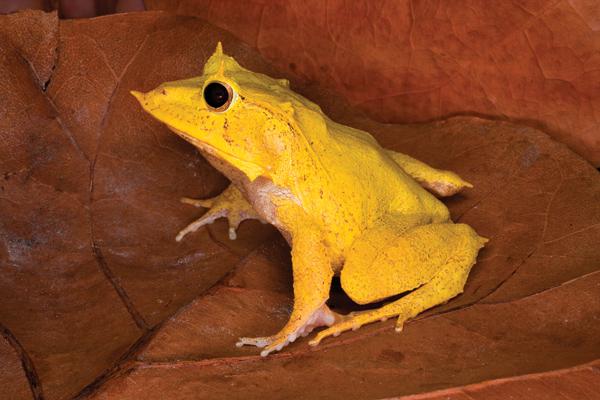|
Aug 24, 2015 |
|
Jul 20, 2015 |
|
May 22, 2015 |
|
Apr 24, 2015 |
|
Apr 24, 2015 |
|
Apr 03, 2015 |
|
Apr 02, 2015 |
|
Mar 27, 2015 |
|
Mar 27, 2015 |
|
Feb 27, 2015 |
|
Feb 17, 2015 |
















